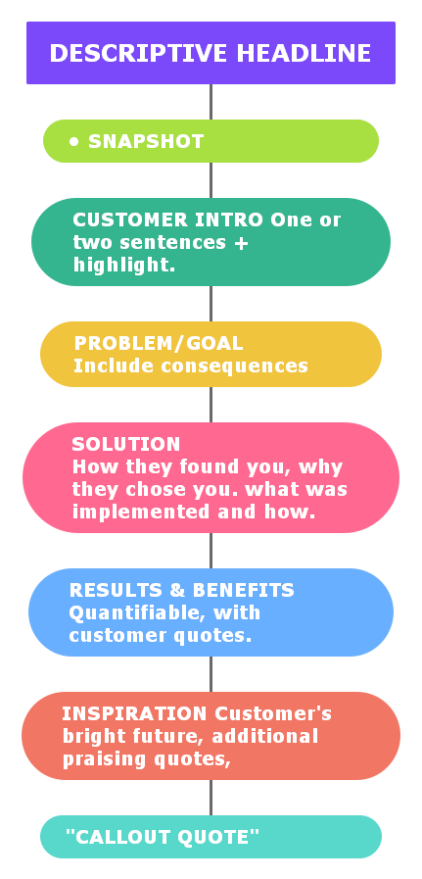how to Conduct a Case Study
What do you mean by a case study?
A case study is a research method that involves an in-depth and detailed examination of a subject, such as a person, group, event, or organization. It is often used in social sciences, business, and other fields to provide a comprehensive understanding of a particular situation or phenomenon.
How to conduct a case study?

Image Source: edrawmind.com
Conducting a case study involves several important steps to ensure the research is thorough and accurate. Here are the key steps to follow when conducting a case study:

Image Source: researchgate.net
1. Identify the research question: Before starting a case study, it is important to clearly define the research question or objective you want to address.
2. Choose the case study design: There are different types of case study designs, such as single-case design, multiple-case design, and longitudinal design. Choose the design that best fits your research question and objectives.

Image Source: researchgate.net
3. Select the case or cases: Choose the subject or subjects of your case study carefully, ensuring they are relevant to your research question and will provide valuable insights.
4. Collect data: Gather relevant information and data about the case or cases through various methods, such as interviews, observations, surveys, and document analysis.
5. Analyze the data: Use qualitative or quantitative analysis methods to examine the data collected and draw conclusions about the case study subject.
6. Write the case study report: Present your findings and analysis in a clear and organized report, including an introduction, background information, methods, results, discussion, and conclusion.
What is known about case study?
Case studies are widely used in academic research, business, and other fields to explore complex issues and provide detailed insights into specific situations. They can help researchers understand complex social phenomena, identify trends and patterns, and generate new hypotheses for further research.
Solution for conducting a case study
When conducting a case study, it is important to follow a systematic and rigorous approach to ensure the research is valid and reliable. By carefully planning and executing each step of the case study process, researchers can produce high-quality and insightful findings that contribute to the body of knowledge in their field.
Information about conducting a case study
Conducting a case study requires careful planning, data collection, analysis, and reporting. Researchers must be thorough and detailed in their approach to ensure the validity and reliability of their findings. By following best practices and guidelines for conducting case studies, researchers can produce valuable insights and contribute to the advancement of knowledge in their field.
Conclusion
Conducting a case study is a valuable research method that can provide in-depth insights into complex issues and phenomena. By following a systematic approach and carefully planning each step of the research process, researchers can generate valuable findings that contribute to the body of knowledge in their field.
FAQs
1. What is the purpose of a case study?
A case study is used to provide detailed insights into a specific subject or situation, helping researchers understand complex issues and generate new hypotheses for further research.
2. How long does it take to conduct a case study?
The time it takes to conduct a case study can vary depending on the complexity of the subject and the research methods used. It can take weeks or even months to complete a thorough case study.
3. What are the advantages of using a case study?
Case studies allow researchers to explore complex issues in depth, identify trends and patterns, and generate new hypotheses. They also provide a rich source of data for analysis and interpretation.
4. Can case studies be used in business research?
Yes, case studies are commonly used in business research to explore real-world problems and challenges faced by organizations. They can provide valuable insights for decision-making and strategic planning.
5. How do you ensure the validity of a case study?
To ensure the validity of a case study, researchers must carefully plan and execute each step of the research process, including data collection, analysis, and reporting. They must also consider potential biases and limitations in their research design.
6. Are there any ethical considerations when conducting a case study?
Yes, researchers must consider ethical issues when conducting a case study, such as obtaining informed consent from participants, protecting their confidentiality, and ensuring the research is conducted in a respectful and responsible manner.
7. Can case studies be used to generalize findings?
While case studies are typically focused on a specific subject or situation, they can still provide valuable insights and contribute to generalizable knowledge in their field. Researchers can use multiple case studies or comparative analysis to draw broader conclusions and implications from their findings.
how to conduct a case study







